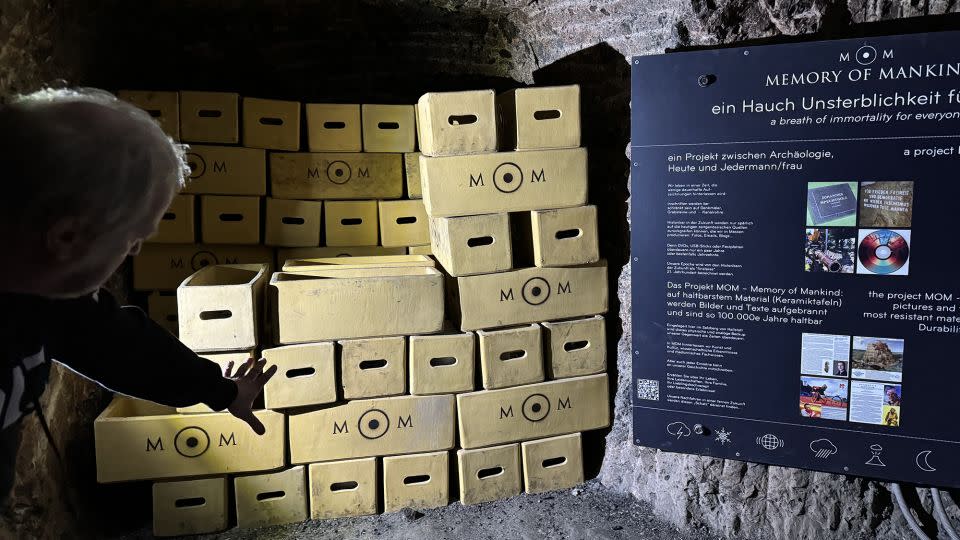Sign up for CNN’s Wonder Theory science newsletter. Explore the universe with news on fascinating discoveries, scientific advancements and more.
Scientists in the United Kingdom have stored the entire human genome on a “5D memory crystal,” in the hope that it could be used in the future as a blueprint to bring humanity back from extinction.
The crystal, which was developed by a team of researchers at the University of Southampton’s Optoelectronics Research Centre, could also be used to create a record of plant and animal species faced with extinction.


It can hold up to 360 terabytes of information for billions of years and can withstand extreme conditions, including freezing, fires, direct impact force, cosmic radiation and temperatures of up to 1,000 degrees Celsius, the university said in a press statement published Thursday.
In 2014, the crystal was awarded the Guinness World Record for “most durable digital storage material.”
Kazansky’s team used ultra-fast lasers to inscribe the human genome data into voids as small as 20 nanometers (a nanometer is about one-billionth of a meter).
They describe the data storage on the crystal as 5D because the information is translated into five different dimensions of its nanostructures — their height, length, width, orientation and position.
“The 5D memory crystal opens up possibilities for other researchers to build an everlasting repository of genomic information from which complex organisms like plants and animals might be restored should science in the future allow,” said Peter Kazansky, a professor of optoelectronics, who led the team at Southampton.
The team had to consider who – or what – would retrieve the information, so far off into the future.
It could be an intelligence (species or machine) – or it could be found in a future so distant that no frame of reference would exist for it. To help whoever finds it, the researchers included a visual key.
“The visual key inscribed on the crystal gives the finder knowledge of what data is stored inside and how it could be used,” said Kazansky.
“Their work is super impressive,” said Thomas Heinis, who leads research on DNA storage at Imperial College London and was not involved in the study. However, he says questions remain about how such data could be read in the future.
“What Southampton presents probably has a higher durability, however, this begs the question: what for? Future generations? Sure, but how will they know how to read the crystal? How will they know how to build the device to read the crystal? Will the device be available in hundreds of years?” he added. “I can barely connect my 10-year-old iPod and listen to what I listened back then.”
For now, the crystal is stored in the Memory of Mankind archive, a time capsule within a salt cave in Austria.
In 2018, Kazansky and his team used the memory crystal technology to store Isaac Asimov’s “Foundation” trilogy of science fiction books, which were then launched into space aboard a Tesla Roadster. The technology has also been used to store major documents from human history, including the Universal Declaration of Human Rights and the Magna Carta.
Earlier this year, scientists revealed a plan to safeguard Earth’s species in a cryogenic biorepository on the moon, intended to save species in the event of a disaster on our home planet.
For more CNN news and newsletters create an account at CNN.com
